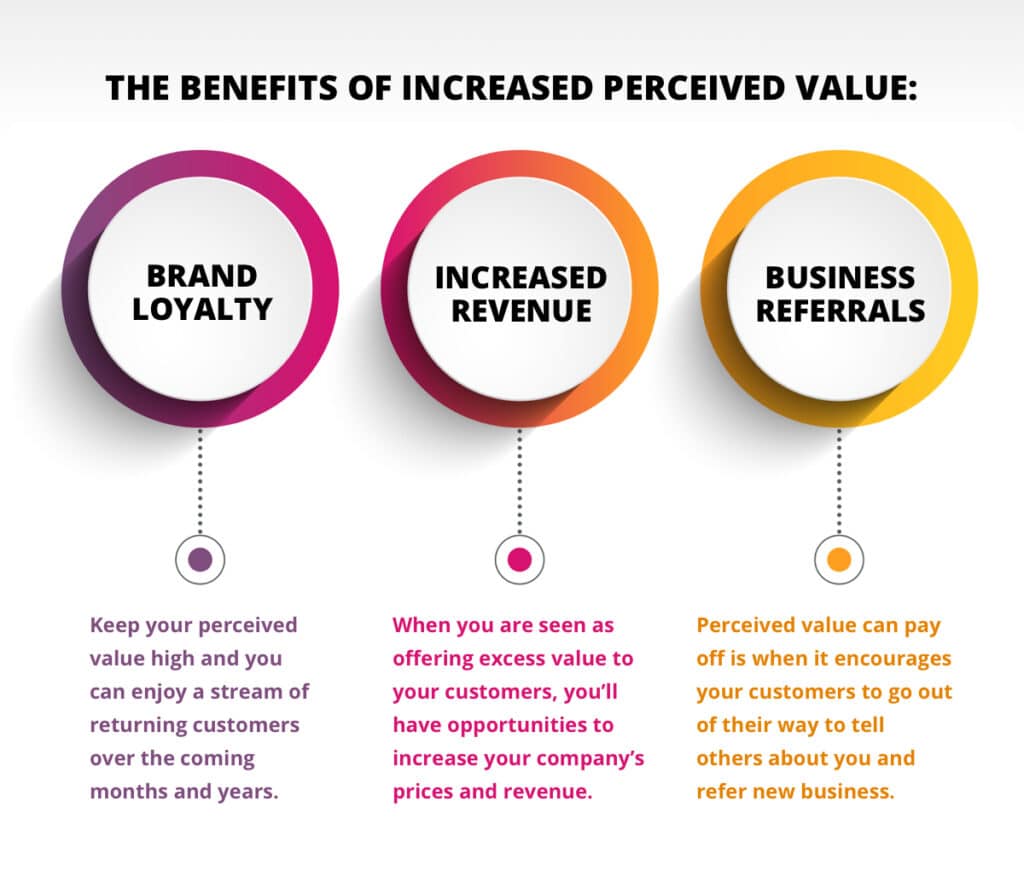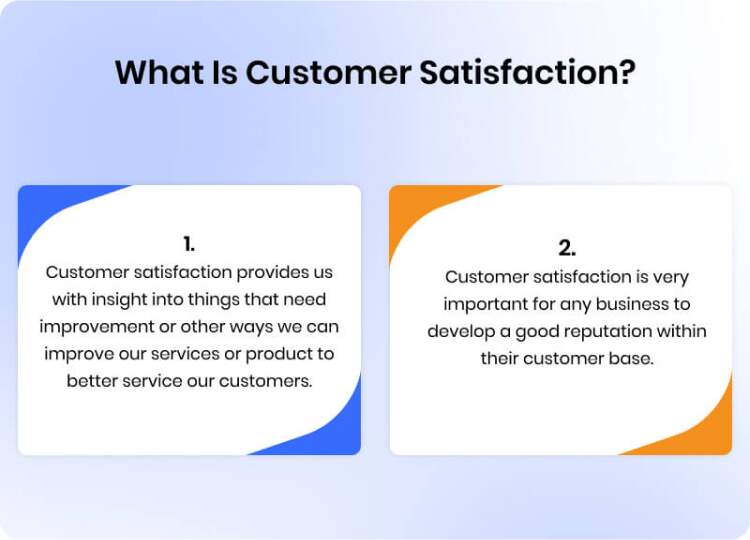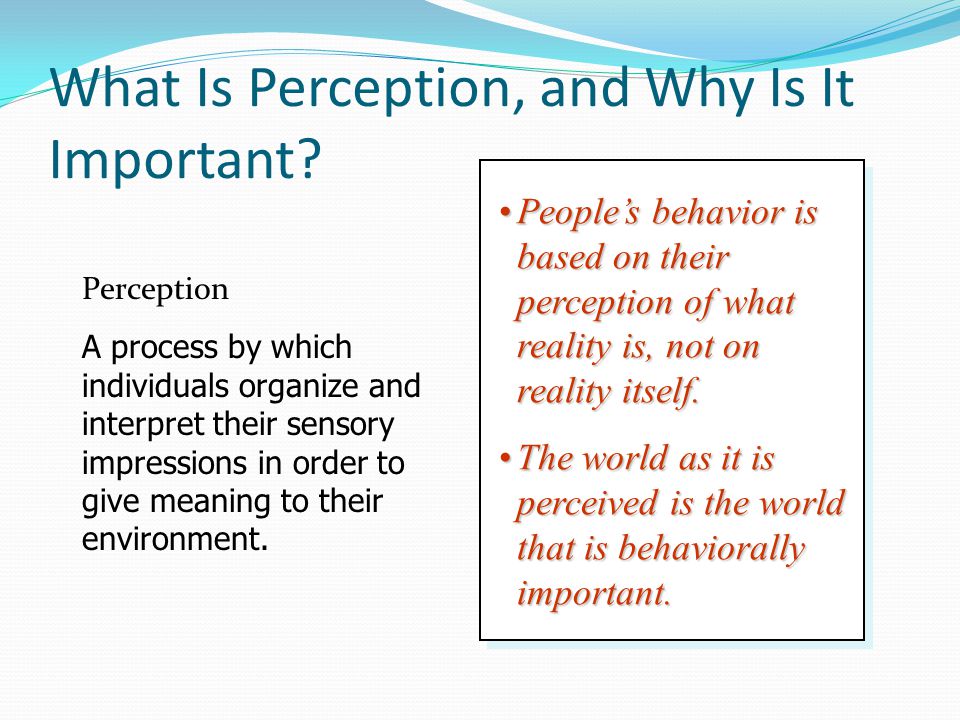What Is Customer Perception And Why Is It Important

In today's competitive marketplace, businesses understand that success hinges on more than just offering quality products or services. The often-intangible element of customer perception plays a pivotal role in shaping brand loyalty, driving sales, and ultimately, determining a company's long-term viability.
Customer perception, in essence, is the overall impression a customer holds about a brand, product, or service. This article explores the intricacies of customer perception, its profound importance, and how businesses can strategically manage it for sustainable growth.
Understanding Customer Perception
Customer perception is a multifaceted concept influenced by various factors. These factors include direct experiences with a company, interactions with its employees, exposure to its marketing campaigns, and even word-of-mouth from other customers.
It's a subjective evaluation, meaning it varies from one customer to another, depending on their individual needs, expectations, and past experiences. A single negative interaction, even if isolated, can significantly tarnish a customer's overall perception of a brand.
According to a 2023 report by the Pew Research Center, nearly 60% of consumers stated that their perception of a company is directly influenced by their online experiences, including website navigation and social media interactions.
Key Components of Customer Perception
Several key elements contribute to forming customer perception. These include perceived quality, perceived value, brand image, and customer service.
Perceived quality refers to the customer's assessment of the product or service's performance and reliability. Perceived value is the balance between the benefits customers receive and the price they pay.
Brand image encompasses the overall feeling and associations customers have with a brand. Excellent customer service can significantly boost perception, while poor service can severely damage it.
The Significance of Customer Perception
The importance of customer perception cannot be overstated. Positive customer perception leads to increased customer loyalty, higher sales, and stronger brand advocacy.
Loyal customers are more likely to make repeat purchases and recommend the brand to others. Conversely, negative customer perception can result in customer churn, negative reviews, and damage to the brand's reputation.
A study published in the Harvard Business Review found that acquiring a new customer can cost five to 25 times more than retaining an existing one. Therefore, maintaining a positive customer perception is crucial for cost-effective growth.
Impact on Business Performance
Positive customer perception translates directly into improved business performance. Companies with strong reputations often command premium prices and enjoy a competitive advantage.
They are also better positioned to withstand economic downturns and navigate challenging market conditions. According to Forrester Research, businesses with a strong customer experience outperform competitors in terms of revenue growth and profitability.
Furthermore, a positive brand image attracts and retains top talent, contributing to a more skilled and motivated workforce. Employees are more likely to be engaged and productive when they are proud to work for a company with a positive reputation.
Managing Customer Perception Strategically
Businesses can proactively manage customer perception through various strategies. These strategies include monitoring customer feedback, delivering exceptional customer service, and building a strong brand identity.
Actively listening to customer feedback through surveys, online reviews, and social media monitoring provides valuable insights into customer perceptions. Responding to both positive and negative feedback demonstrates a commitment to customer satisfaction.
Zappos, the online shoe and clothing retailer, has built a strong brand reputation through its unwavering focus on customer service. Their commitment to exceeding customer expectations has cultivated a loyal customer base and positive brand perception.
Building a Positive Brand Identity
Creating a consistent and compelling brand identity is also essential for shaping customer perception. This involves defining the brand's values, mission, and personality.
Communicating these elements clearly and consistently across all touchpoints helps customers understand and connect with the brand. A strong brand identity creates a sense of trust and familiarity, fostering positive associations.
Nike, for example, has cultivated a powerful brand identity centered around athletic achievement and empowerment. Their marketing campaigns consistently reinforce these themes, resonating with customers who aspire to reach their full potential.
The Role of Customer Service
Providing exceptional customer service is paramount for influencing customer perception. This includes training employees to be knowledgeable, empathetic, and responsive to customer needs.
Empowering employees to resolve customer issues quickly and effectively demonstrates a commitment to customer satisfaction. Companies like Ritz-Carlton have built their reputation on providing personalized and attentive customer service, creating memorable experiences that foster positive customer perception.
Ultimately, understanding and strategically managing customer perception is crucial for long-term success. By prioritizing customer satisfaction, building a strong brand identity, and consistently delivering exceptional experiences, businesses can cultivate positive perceptions that drive loyalty, growth, and a sustainable competitive advantage.


















